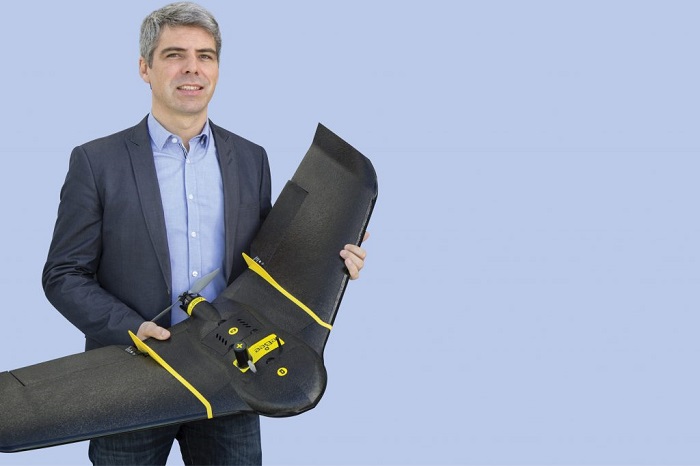We’re at the dawn of a revolution in the geospatial industry. More data, more frequently and at higher accuracy levels is changing how we work. It enables us to have maps and terrain models evolve in near-real time and, in turn, that enables the industries depending on geospatial data to make better decisions. Professionals need to embrace these new technologies; for example, by moving from traditional surveying methods to drones with onboard RTK technology to make surveying easier, faster and highly accurate.
Innovate in short cycles
Agile development methodologies clearly allow shorter innovation and product development cycles, so it becomes easier to release new products faster. This is also what we see in the market: new versions of major technology projects are coming out almost every year. Robotics — not just drones in particular but all kinds of connected devices, equipment and machinery — are allowing us to make processes more automated and efficient than ever before. We already have fully automated factories and production lines in certain industries including FMCGs and mining, but we will see much more in the future.
We are driving these trends and also benefiting from them as they allow us to continuously remain at the forefront of the industry. By being able to innovate in very short cycles, we remain at the forefront of the drone and geospatial industry. We are constantly feeling the pulse of our customers, speaking with them and learning what works well and what new features they need to be able to become even more effective in their work.
Automation is driving the world
Knowing the location of assets is already a key requirement in many industrial processes. It allows reducing inventories, enables just-in-time logistics, warehouse automation, traffic avoidance and autonomous driving. With high accuracy GPS and precise indoor navigation, more automation becomes possible.
In future, we will have a higher degree of automation in all aspects of our daily life. From autonomous drones to autonomous vehicles to automated factories, we will also see construction sites without workers doing manual tasks over the years.
Drones have made aerial imagery affordable and easy to obtain, and as a result, have replaced terrestrial data acquisition in many cases. We expect to see continued adoption of high precision drones in the geospatial industry as well as in related industries such as agriculture, construction, mining, energy and more. Today, our technology allows customers to perform their work more efficiently than ever before. It saves them time and provides better results. While a lot of surveyors and customers have started to adopt senseFly drones, overall market penetration of drones is still comparatively low. As regulation becomes clearer and our technology even simpler to use, we will see an increase in the coming years.

Leave a Reply